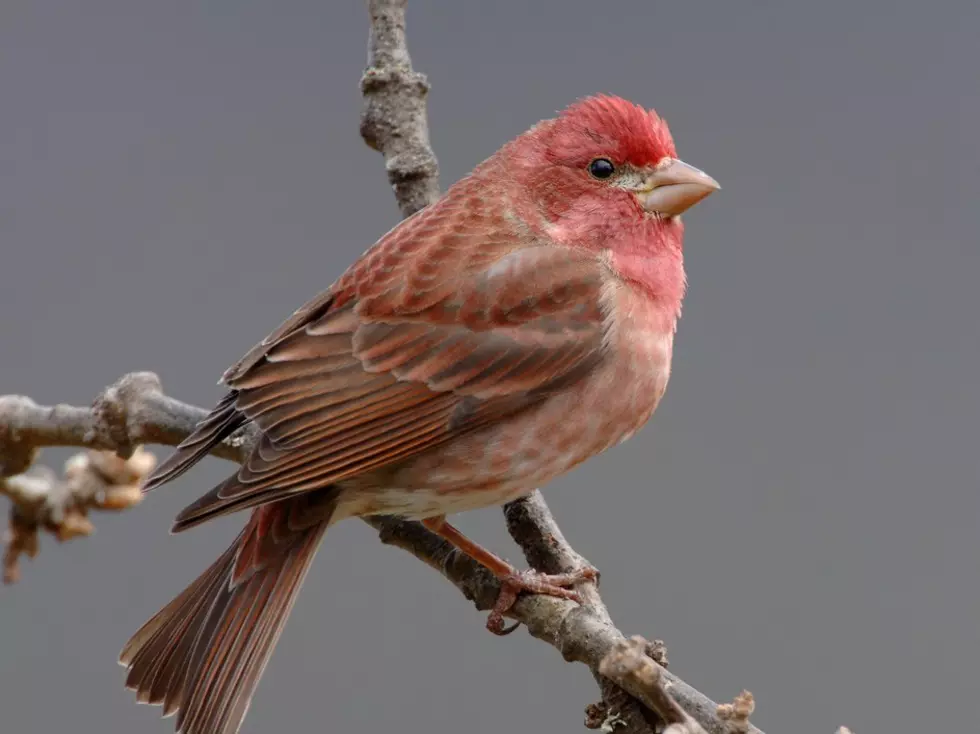
Legislation funds voluntary conservation with fines from polluters
A wildlife conservation bill modeled after the Great American Outdoors Act has been introduced for the third time in Congress. Conservationists and biologists are saying wildlife species can’t wait much longer for large conservation efforts needed to save habitat.
On Tuesday, Senators Martin Heinrich, D-N.M., and Roy Blunt, R-Missouri, introduced the Recovering America’s Wildlife Act in the Senate and spoke to reporters about why they felt the need to take up sponsorship of a bill that has languished in two previous Congresses. The bill originally introduced in July 2018 by Sen. James Risch, R-Idaho but wasn’t introduced in the Senate in the last Congress.
Heinrich, who has sponsored several conservation and sportsmen’s bills, said he was concerned that one-third of U.S. species now face a heightened risk of extinction.
“We know exactly what wildlife conservation strategies have proven to be effective in confronting this crisis. We just haven’t been doing enough about it and funding it adequately,” Heinrich said.
Heinrich and Blunt were the architects of the Great American Outdoors Act, which was enacted almost a year ago, providing funding for long-overdue maintenance in national parks and forests. They said the Recovering America’s Wildlife Act would be similar in that it uses funding paid by polluters rather than taxpayers.
The $1.4 billion that the bill would allocate to conservation efforts – such as restoring and reconnecting degraded habitat, removing invasive species, confronting wildlife disease, and improving resilience to climate effects – would come from penalties paid by polluters and those convicted of environmental crimes. State fish and wildlife agencies would receive $1.3 billion and tribal nations would receive $97.5 million annually.
Heinrich said that money should be available because the 10-year-average of the amounts collected from polluters is right around $1.4 billion.
“It tracks right about where we expect this to be. And given the trend line, it is largely going up,” Heinrich said. “We’ve seen the success of other legislations like the Great American Outdoors Act, and we certainly hope to replicate that, given how bipartisan the core of this legislation really is.”
Blunt said they took boilerplate language from the Great American Outdoors Act and looked for a funding source that would be adequate year in and year out. The bill also creates a wildlife conservation and restoration office within the U.S. Fish and Wildlife Service to encourage voluntary restoration.
“It’s a pattern that worked with the Great American Outdoors Act. It’s a real important second act for that defining bill for the national parks,” Blunt said.
The bill does have considerable bipartisan support. In April, Representatives Debbie Dingell, D-Mich., and Jeff Fortenberry, R-Neb., introduced the act into the House, where it currently has 19 Republicans and 70 Democrats signed on. When the duo introduced the bill previously in July 2019, it had 45 Republicans and 140 Democrats.
The money would be divvied out to the states in a method similar to that of the Dingell-Johnson or Pittman-Robertson acts, based on a formula incorporating land area, number of paid license holders, minimums and maximums and states have to be able to match the funds. Debbie Dingell’s husband, Rep. John Dingell, carried the Dingell-Johnson Act. If the Recovering America’s Wildlife Act passes, some have said money from Montana’s new marijuana tax could be used for the matching funds.
Nonprofit organizations and landowner organizations can also apply for the funding. And at least 15% must go toward conserving habitat for threatened and endangered species.
The projects funded would have to fit within the Congressionally mandated state wildlife action plans, which identify specific, science-based strategies to restore the populations of species of greatest conservation need. These plans identify more than 12,000 species that need conservation assistance.
Without this funding, under the new direction taken by Montana Fish, Wildlife & Parks to move away from science toward more economic concerns, it’s unlikely that much conservation would be carried out beyond certain game species. But the act would require conservation of all kinds of wildlife.
“This goes beyond the previous programs - Pittman-Robertson and Dingell-Johnson. They were helpful but they weren’t necessarily restorative,” Blunt said. “There are a lot of species that aren’t necessarily trophy hunting animals that make the (ecosystems) work generally and make the wildlife habitat make sense.”
Wildlife and fisheries professionals of the Wildlife Society agreed, praising the legislation on Tuesday. They pointed to this summer of extreme drought and fire brought on by climate change, saying the need has never been greater.
“Increases in water temperatures, lack of water in streams and rivers, poor water quality, and loss of habitat have led to 40% of freshwater species now being at risk and unfortunately, a changing climate means the situation will only get worse. With a dedicated stream of funding, we can implement science-based conservation plans that will build resilience in the face of climate change,” said Doug Austen, Executive Director, American Fisheries Society.
Backcountry Hunters and Anglers chimed in, saying that protecting habitat for at-risk species such as harlequin ducks can also help game species such as mallards. Improving habitat for one species benefits all of them, said BHA CEO Land Tawney.
“Legislation, conservation funding and the committed and informed on-the-ground work by wildlife managers have a proud history of great success in restoring habitat for both game species and non-game species,” Tawney said. “The moment for the Recovering America’s Wildlife Act has arrived. We look forward to Congress taking action, investing in species that haven’t benefited from past efforts and advancing this popular legislation to the president’s desk.”
Contact reporter Laura Lundquist at lundquist@missoulacurrent.com.
